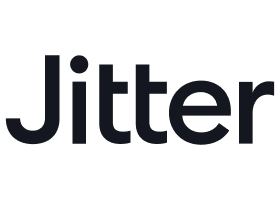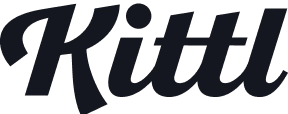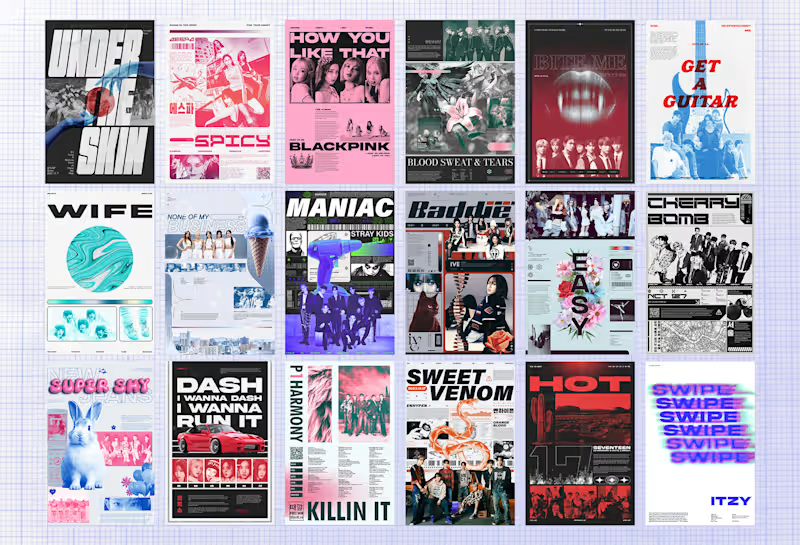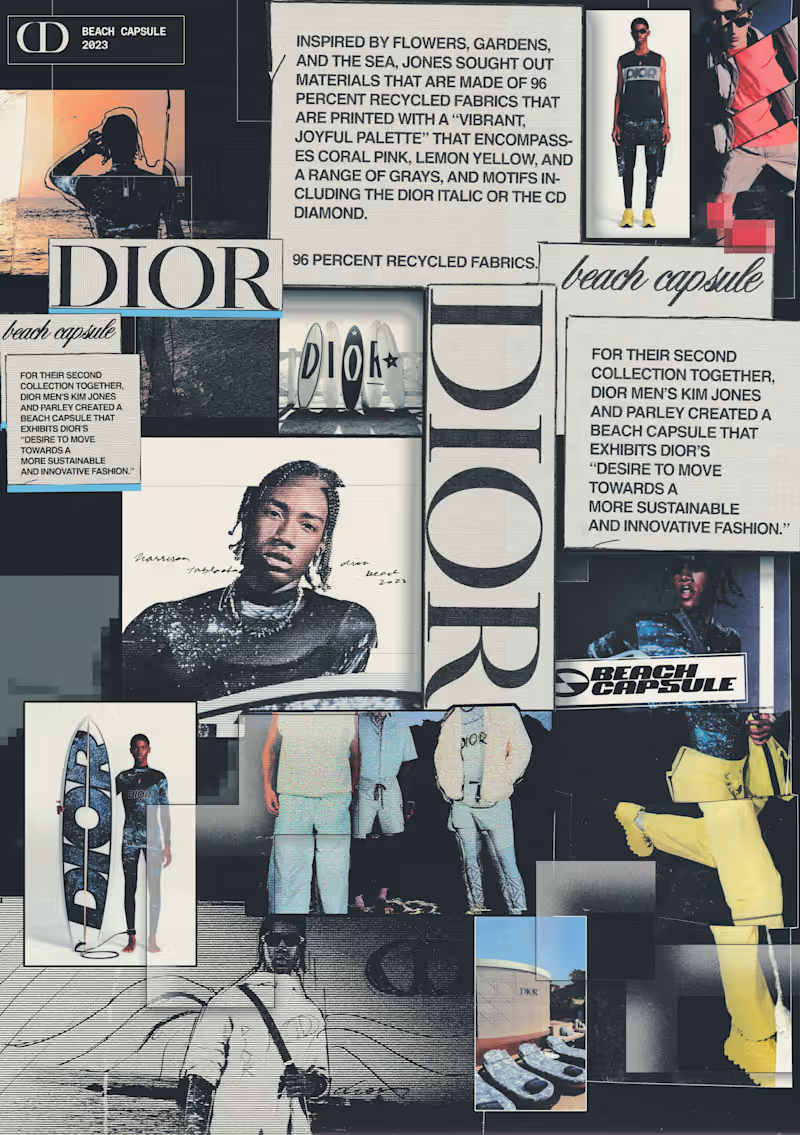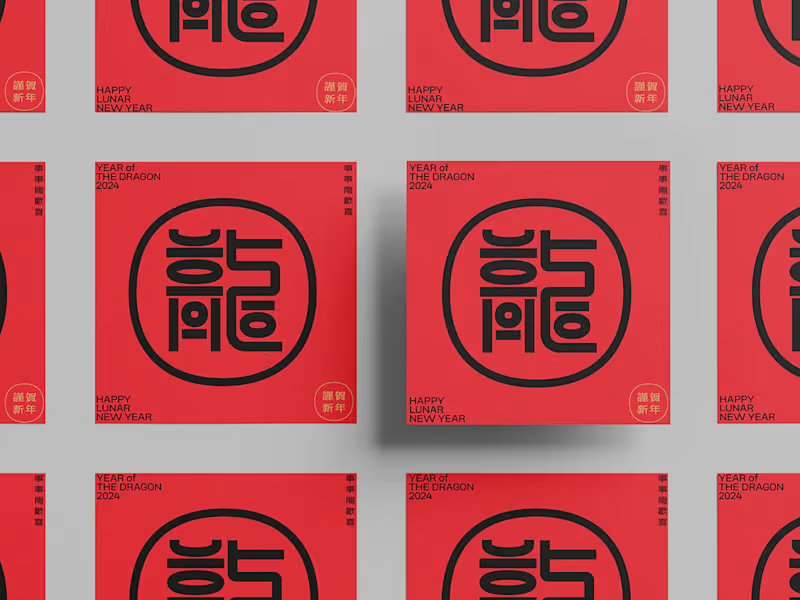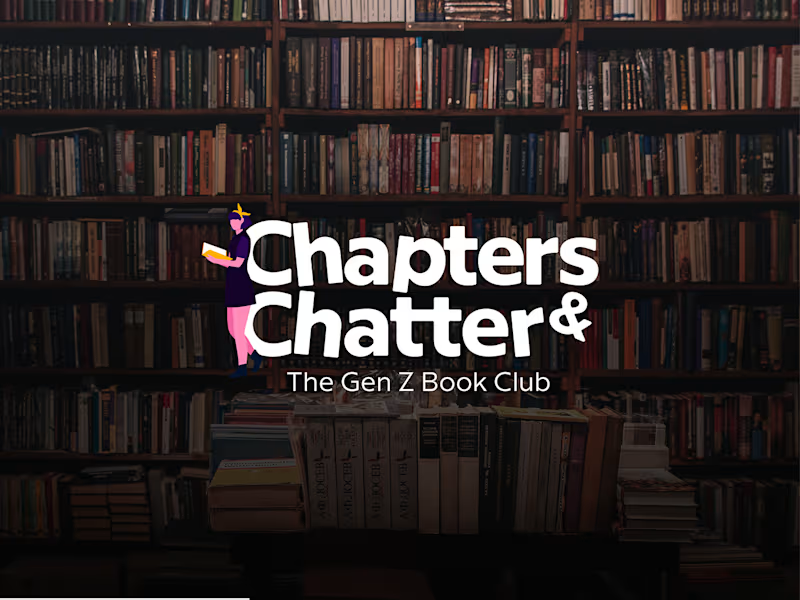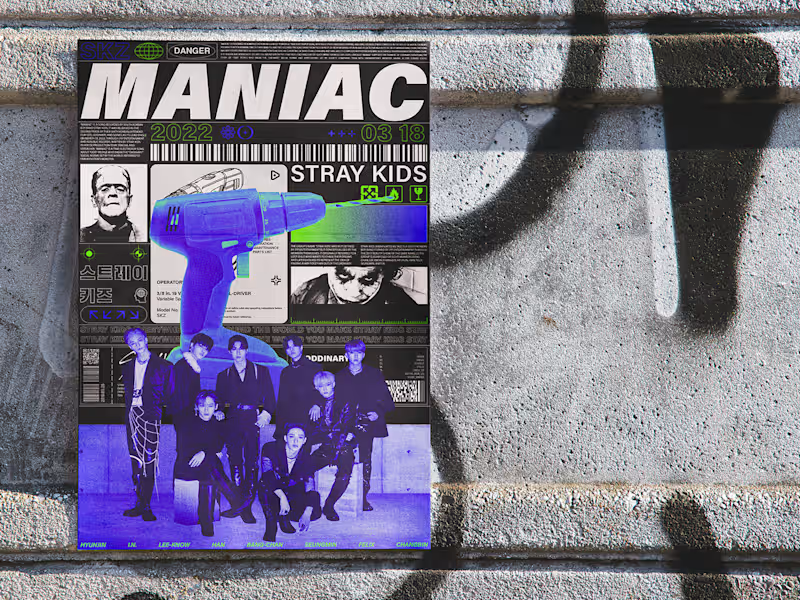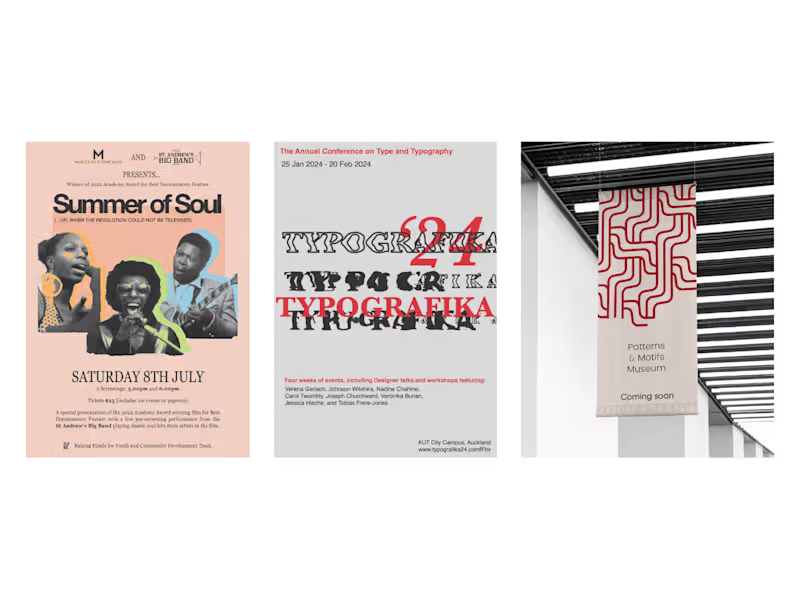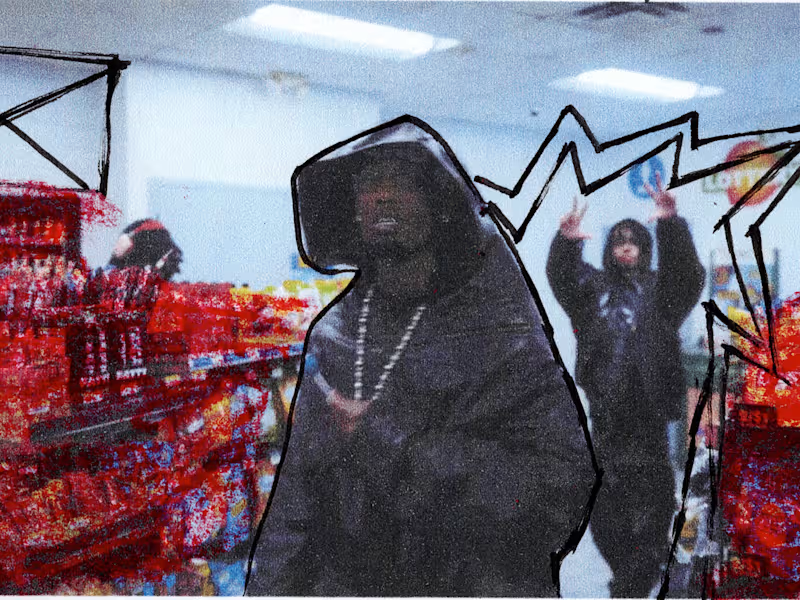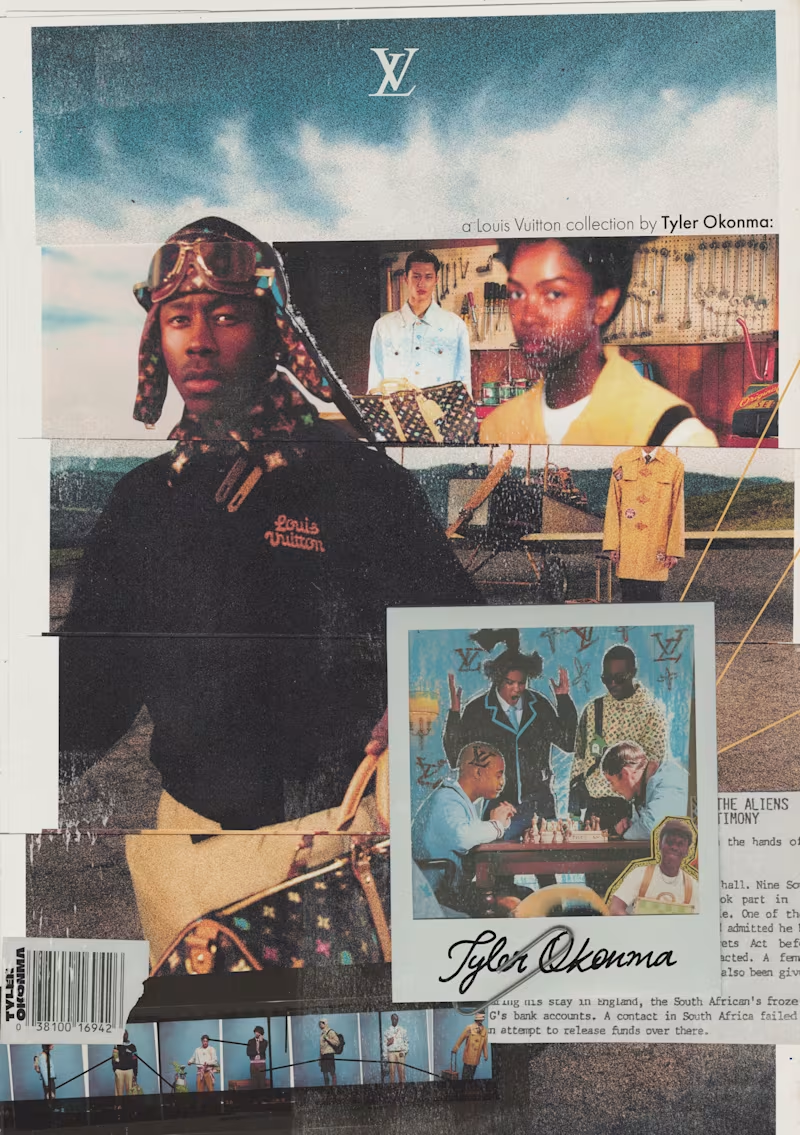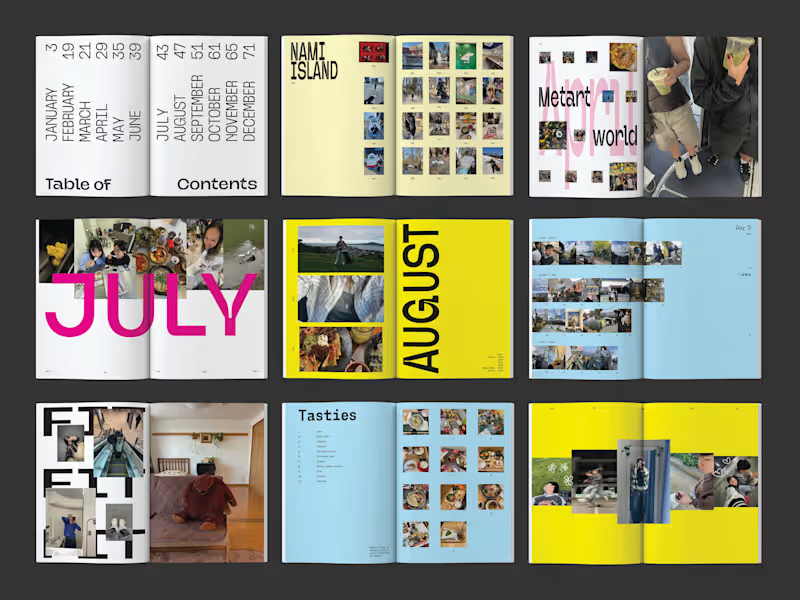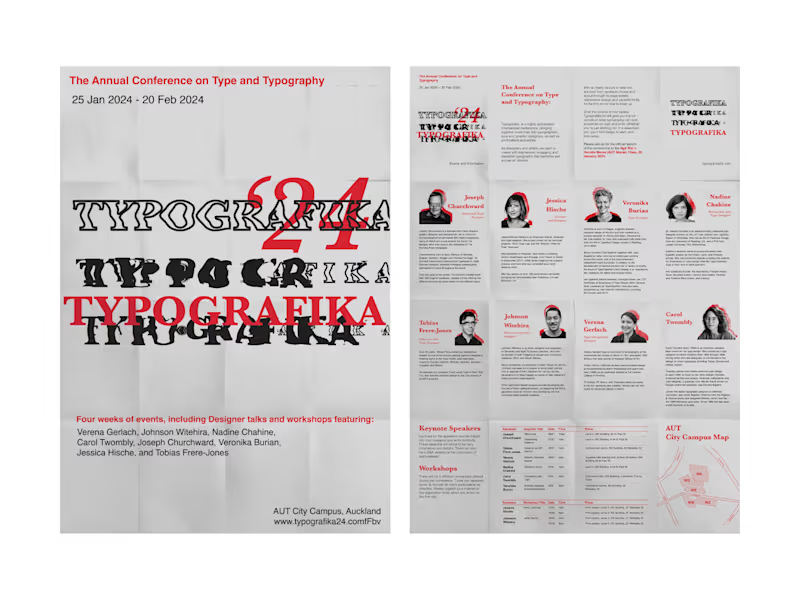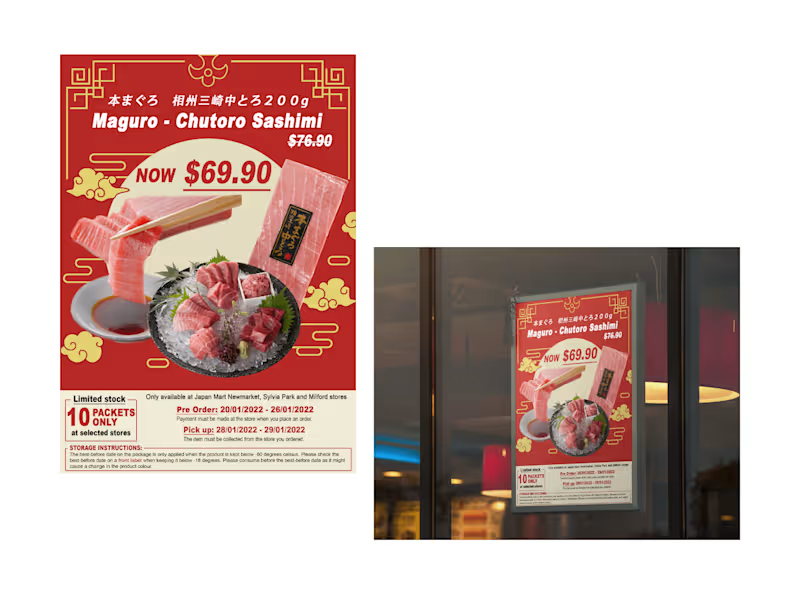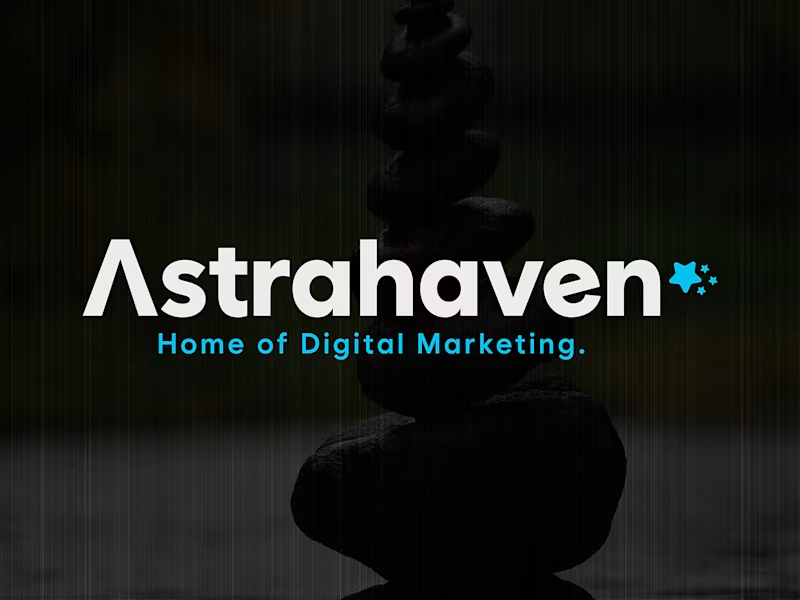How can I define a clear project brief for a typographer?
Start by defining what you need in simple terms. Describe the project's purpose and any specific styles you like. Clearly state your goals and any deadlines you have. The more details you provide, the better the typographer will understand your needs.
What portfolio items should I review when considering a typographer?
Look for work that matches the style you're aiming for. Check if they’ve worked on similar projects before. Pay attention to how they handle different font styles and layouts. A strong portfolio should reflect creativity and attention to detail.
How do I communicate my brand or project style?
Share examples of work you admire and explain why. Describe the mood or feeling you want your project to convey. It can be helpful to create a mood board with colors, textures, and styles. This helps the typographer capture your vision accurately.
What is the importance of setting a timeline for a typographic project?
A clear timeline ensures everyone knows what to expect and when. It helps the typographer manage their time and plan each project phase. Discuss any key milestones to avoid surprises. A good timeline keeps the project moving smoothly.
How can I ensure quality and creativity in typographic work?
Share your expectations and be open to the typographer's ideas. Trust their expertise to add unique and creative touches. Regularly review progress and provide feedback. Encouraging creativity leads to unique and effective designs.
What should be included in the typographic project deliverables?
List all the files and formats you need at the end of the project. Consider print-ready files, digital assets, and editable versions. Discuss how the typography will be displayed or used. Clear deliverables help avoid misunderstandings later.
How can I build a good working relationship with a freelance typographer?
Communicate clearly and regularly. Be respectful of their expertise and time. Appreciate their efforts and share positive feedback. A good relationship leads to better collaboration and results.
What tools or platforms are essential for collaborating on typographic projects?
Use tools that make sharing files and feedback easy. Platforms like cloud storage can keep everything organized. Seek recommendations from the typographer as they might have preferences. Using the right tools can save time and effort.
Why is it important to have a feedback process for typographic work?
Feedback helps the typographer align their work with your vision. It provides chances to refine and improve the design. Schedule regular updates to share thoughts. Constructive feedback leads to better final results.
What are the best practices for finalizing a typographic project?
Review all deliverables with the typographer to ensure everything is as expected. Confirm file formats and licensing rights. Thank the typographer for their work and discuss the potential for future collaboration. Wrapping up well sets the stage for successful future projects.
Who is Contra for?
Contra is designed for both freelancers (referred to as "independents") and clients. Freelancers can showcase their work, connect with clients, and manage projects commission-free. Clients can discover and hire top freelance talent for their projects.
What is the vision of Contra?
Contra aims to revolutionize the world of work by providing an all-in-one platform that empowers freelancers and clients to connect and collaborate seamlessly, eliminating traditional barriers and commission fees.







